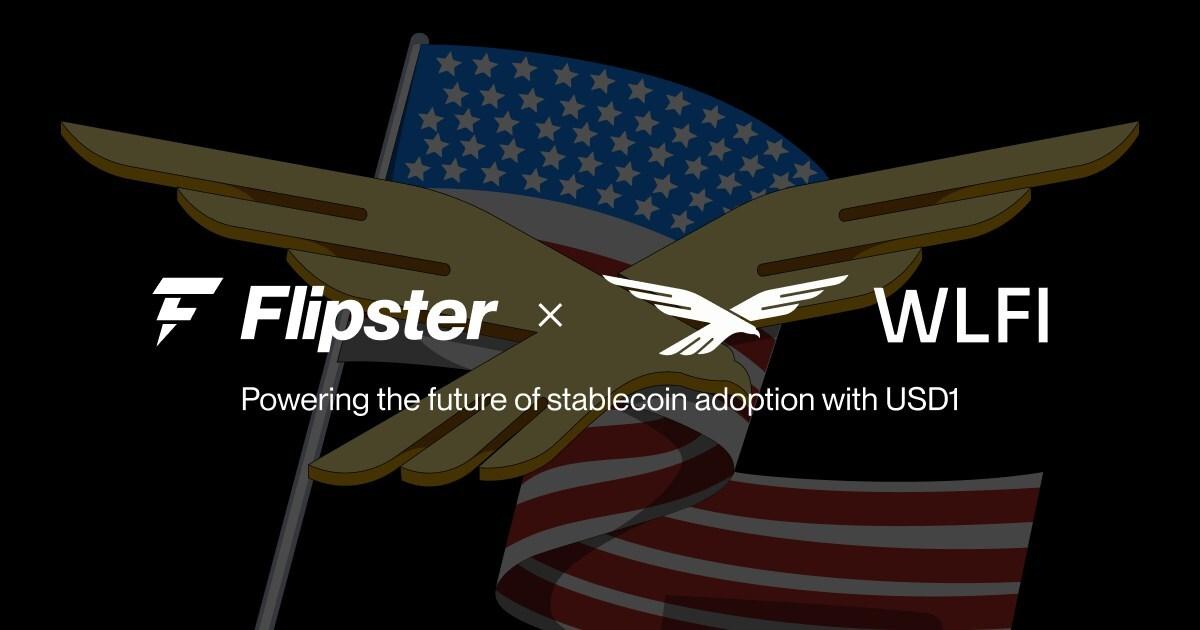Crypto Exchanges and the Rising Confluence of Innovation and Transparency in Their Design Setups

Over the last couple of years, the crypto exchange realm has been at a major crossroads, one that has forced it to undergo a number of fundamental shifts that have altered how investors worldwide trade and invest in their digital assets.
In this regard, three major trends have emerged recently: the convergence of centralized and decentralized systems, enhanced security (through technologies like zero-knowledge proofs, ala ZKPs), and the integration of traditional finance (trad-fi) infrastructures into crypto.
Furthermore, it bears mentioning that between 2015 and 2021, a vast majority of crypto exchanges that came into existence focused primarily on basic trading functionality, often sacrificing security instead of convenience or decentralization for speed.
However, following the 2022 crash, which saw major entities FTX and Celsius running into the ground almost overnight, there has been a significant push toward the creation of more robust and secure trading systems that can handle institutional-grade demands while maintaining the core principles of cryptocurrency (including decentralization, transparency, etc.).
The rise of next-generation exchanges
As things stand, ‘hybrid exchanges’ represent perhaps the most promising development for crypto enthusiasts, offering them the best of both worlds — since they typically utilize off-chain order matching while maintaining on-chain settlements.
They are also capable of balancing seemingly contradictory requirements, i.e., the speed and efficiency of centralized systems (CEXs) with the security and transparency of decentralized platforms (DEXs).
At the forefront of this space stands GRVT, a hybrid derivatives exchange capable of processing 600,000 transactions per second while maintaining full self-custody. Furthermore, the platform’s innovative use of zero-knowledge tech and smart contracts enables it to offer institutional-grade security without compromising on its core performance parameters and user experience.
Additionally, GRVT’s approach to role-based access control and integrated Web3Auth wallet system offers a glimpse into how hybrid platforms can make sophisticated trading tools accessible to everyone while providing full regulatory compliance and robust risk management systems.
Similarly, social trading (also known as copy trading) is another frontier that has garnered significant traction recently, especially since these platforms enable traders to share their respective financial strategies, follow successful investors, and even learn from community experiences. Projects like eToro, PrimeXBT, and BingX have been trailblazers in this regard, offering their clients easy-to-use interfaces and advanced trading tools alongside several innovative copy-trade features.
Meanwhile, AI-powered trading algorithms have also become increasingly sophisticated, offering advanced risk management and portfolio optimization capabilities that were previously available only to institutional investors. Examples include 3Commas, Cryptohopper, Bitsgap, Pionex, and Quantum AI.
All of these offerings are designed to automate one’s trading strategies, implement stop-loss checks, and deploy different take-profit mechanisms. Lastly, by operating 24/7 and executing trades in a completely unbiased, automated manner, they can minimize the effects of emotional decision-making.
Other impact factors worth considering
Since the turn of the previous decade, the digital asset landscape has undergone a rapid regulatory evolution, with different jurisdictions taking varying approaches to overseeing crypto. As a result, many exchanges have proactively put robust KYC and AML procedures in place.
Similarly, technological advancements — particularly in the realm of ZKPs and L2 scaling — have enabled exchanges to offer enhanced privacy while maintaining transparency where it matters most. Such a balance is crucial for increased institutional adoption, as larger traders tend to require both the ability to execute trades privately as well as the assurance that their assets are secure and properly managed.
In addition to this, user preferences also seem to be shifting, with there being a growing demand for platforms that can offer comprehensive trading features while maintaining the security benefits of self-custody. This is because most modern traders expect seamless integration between different financial products, from spot trading to derivatives, while maintaining complete control over their assets.
Looking ahead, it stands to reason that exchanges that are able to showcase a high degree of competitiveness will be the ones that can stay relevant and evolve as per the needs of their clients. Interesting times ahead!
Disclaimer: This article is provided for informational purposes only. It is not offered or intended to be used as legal, tax, investment, financial, or other advice.




